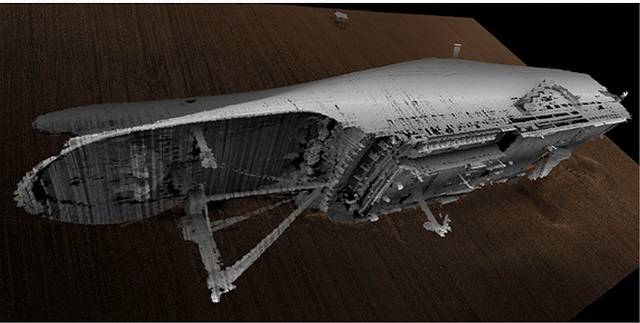- California Assembly OKs highest minimum wage in nation
- S. Korea unveils first graphic cigarette warnings
- US joins with South Korea, Japan in bid to deter North Korea
- LPGA golfer Chun In-gee finally back in action
- S. Korea won’t be top seed in final World Cup qualification round
- US men’s soccer misses 2nd straight Olympics
- US back on track in qualifying with 4-0 win over Guatemala
- High-intensity workout injuries spawn cottage industry
- CDC expands range of Zika mosquitoes into parts of Northeast
- Who knew? ‘The Walking Dead’ is helping families connect
Chinese company picked to salvage Sewol

The consortium proposed a price of 89.1 billion won (US$77.7 million) for the project. The government’s budget is 100 billion won. (Yonhap)
By Kim Se-jeong
A consortium between a Chinese salvage company and a Korean firm became the preferred bidders for the salvage project for the ferry Sewol.
The Ministry of Oceans and Fisheries announced Wednesday it has selected the Shanghai Salvage consortium to retrieve the Sewol wreckage.
Shanghai Salvage, owned by the Chinese Ministry of Transport, has a 70-percent stake in the consortium, while Busan-based marine installation company Ocean C&I holds the other 30 percent as its partner.
Negotiations on the exact details of the operation will begin on July 20.
“We believe Shanghai Salvage has the most appropriate technology and offered the best price,” a ministry official said during a press conference.
The consortium proposed a price of 89.1 billion won (US$77.7 million) for the project. The government’s budget is 100 billion won.
Shanghai Salvage has saved 1,900 vessels since its establishment in 1951. It also salvaged the Chinese ferry which capsized on the Yangtze River on June 4.
According to its plan, the company will pump air into the ferry which will float it 23 meters above the seabed, while still remaining under water. It will then be moved to a platform by a mega-sized crane, before being raised above water to be drained.
After Shanghai Salvage, China Yantai Salvage was the second-preferred bidder, presenting a 99-billion-won bid.
The government will turn to the second option if negotiations with the primary partner falter. If everything goes according to plan with Shanghai Salvage, the process will start in September, the government said.
China Yantai Salvage is also owned by the Chinese Ministry of Transport and entered the bid with three Korean companies in a consortium.
“A total of seven consortiums entered the bidding. Recovering the nine missing bodies was the primary consideration for the government in the selection process, followed by technical expertise and the safety of the process,” the official said.
The selection came almost 15 months after the ferry carrying 476 passengers sank in the waters off Jindo on the west coast on April 16 last year. The majority of the passengers were Danwon High School students from Ansan, Gyeonggi Province. In total, 295 bodies were recovered from the wreckage with nine people still unaccounted for.
In the selection process, family members of the victims were excluded. They have claimed the closed-door bidding process may have been for political reasons, demanding the government reveal full details of the negotiations.
The government also prevented their attempts to take photographs of the ferry using underwater cameras. They said they wanted to check the condition of the ferry. Some family members said they wanted to start their own salvage project, using money raised through public donations.















